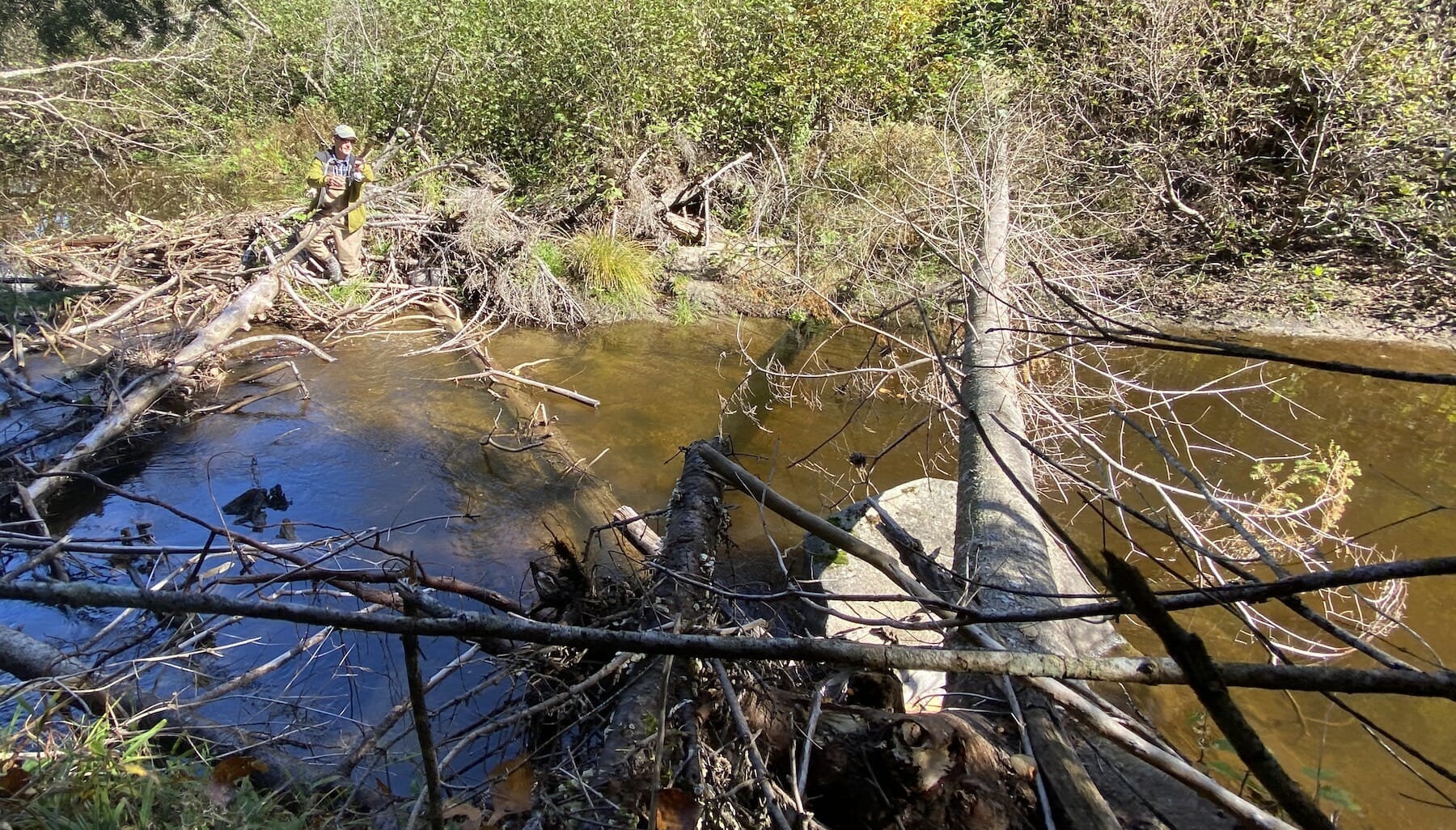“You’re driving?”
The question came with an unmistakable tone of incredulity.
I had just told a friend that I would be driving from my home in Virginia to a conference in northern Vermont. Their surprise was understandable. The shortest route from my home in Roanoke to Jay Peak Resort is 824 miles.
There was a method to my madness. I planned to make side trips before and after the conference to areas where TU has been working so flying straight to Burlington wasn’t going to cut it.
Still, I was barely into the trip when I started wondering if driving had been a smart idea, as I was almost immediately stuck in a miles-long backup on I-81, notorious for its heavy truck traffic and accidents. It would be the first of three accidents on the busy interstate that day, turning what should have been a 7 1/2-hour drive to my first stop in Hancock, N.Y., into an 11-hour slog.
There’s a lot of time to think during 11 hours behind the wheel, and one thought kept recurring as I made my way north. This route was not only taking me to the TU project sites I planned to visit, but was essentially one long tour through a region where TU is making a difference just about everywhere you look.
In my home state, TU established a Home Rivers Initiative on the James River Headwaters a few years ago. That effort continues to gain momentum with projects ranging from reconnecting fragmented streams to habitat enhancement to fencing cattle out of creeks.
A little farther north, TU has been busy in the Shenandoah headwaters for more than a decade, accomplishing major projects on Beaver and Mossy creeks and the North River near Harrisonburg, among many other projects that benefit the mighty Potomac and, eventually, the Chesapeake Bay.
To the west, TU’s staff has led impressive efforts on the Potomac’s headwaters in West Virginia. More Bay-specific work is underway in Maryland, including several projects in partnership with enthusiastic students from Frostburg State University.
Next up was Pennsylvania, where a large staff that is working on so many efforts I’m not sure how they keep track of everything.
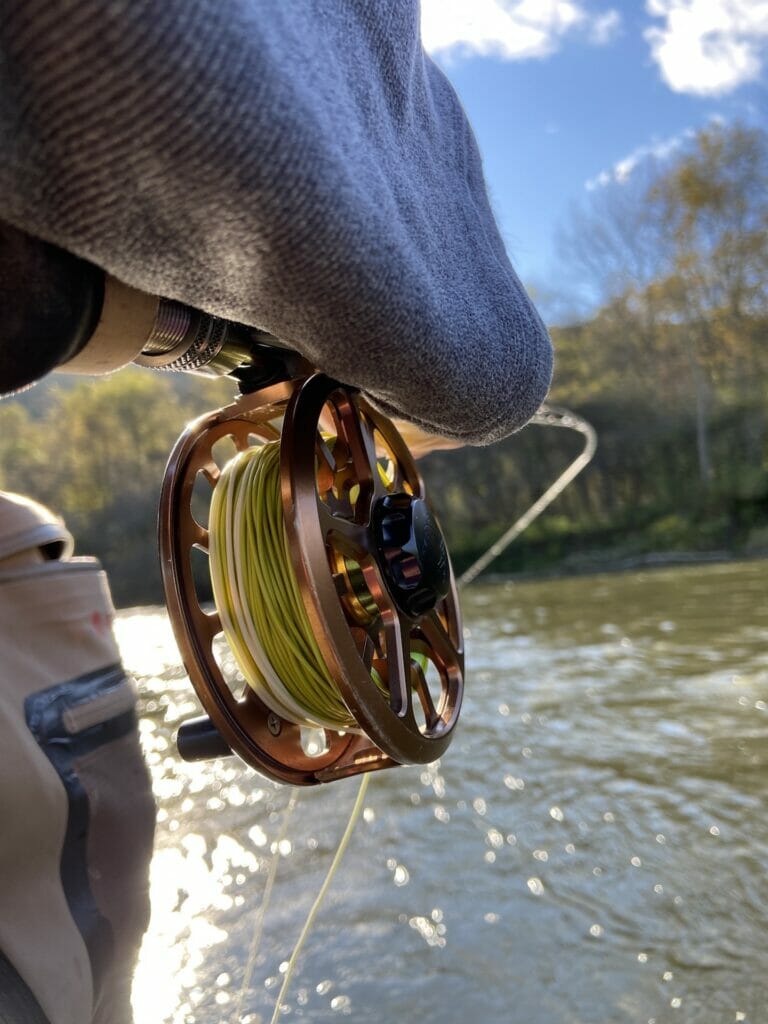
As a partner in the state’s Unassessed Waters Initiative, TU teams have fanned out across the state for 10 years to document the presence (or not) of trout in more than a thousand small streams. They have found wild trout in hundreds of them, resulting in many being formally listed as wild trout or even Class A wild trout waters, designations that can provide for added protections.
Actual projects? Again, there are too many to count, ranging from reconnecting habitat by replacing poorly designed culverts and bridges, to restoring streams to reduce sedimentation, to adding woody structure to streams to provide trout habitat and reduce risks associated with flooding.
You can’t mention TU’s progress in Pennsylvania without a huge nod to the state’s 14,000-plus TU members. Members and supporters are critical in every state where TU works, but Pennsylvania has the benefit of having the most grassroots supporters of any state. Those men, women and kids are literal force-multipliers, adding massive capacity to TU’s efforts.
One of those places where members are playing a key role is in the Keystone State’s capitol, Harrisburg, where members frequently and fervently advocate for legislation to protect coldwater habitat and to fund restoration work.
Advocacy is another key function of TU staff and members dedicated to the upper Delaware River, which was shrouded in the dark by the time I finally arrived in Hancock.
Both the East and West branches are impacted by dam releases, and TU and partners such as the Friends of the Upper Delaware have been vocal advocates for managing those flows in a way that protects the river’s trout while also preserving the function of the reservoirs as a water supply to New York City.
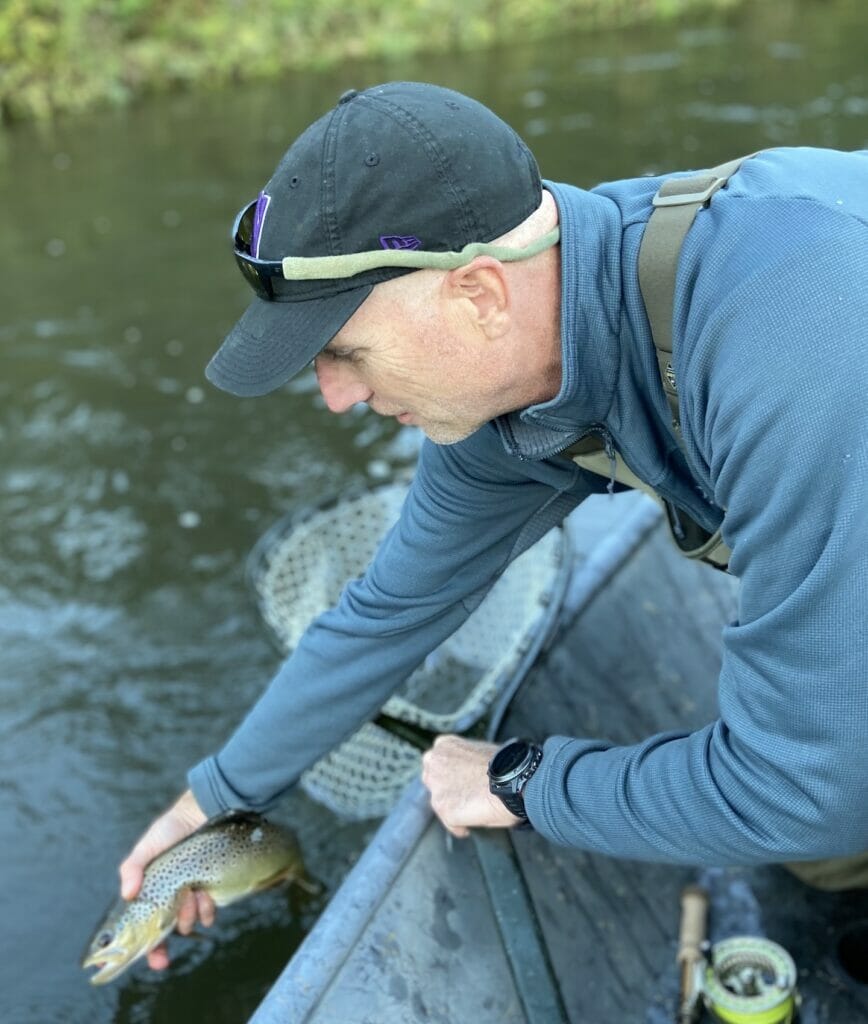
A welcome day of floating the river with TU’s Dave Kinney and Derek Eberly of the Pennsylvania Department of Conservation & Natural Resources showed just why the Delaware evokes such passion. We didn’t catch too many trout, but those we did were all stout fish, a couple pushing 18 inches. We saw many beautiful wild browns, some clearly well over 20 inches.
The upper Delaware is deserving of its reputation as one of the great trout waters in the East, and the work of TU’s members and staff are helping to ensure that reputation remains appropriate. In addition to working on flows, TU and FUDR have secured substantial funding to support infrastructure improvements in several small towns in the Catskills. These improvements include culvert replacements that will reconnect valuable trout habitat while also providing upgrades to the local roads. TU and US Fish and Wildlife Service also completed a restoration project on the Little Beaver Kill this summer. Several more projects are lined up for next year.
After a short morning float on the mainstem of the Big D on the morning of Day 3, it was time for the final push to northern Vermont.
Four days at the annual Outdoor Writers Association of America conference provided a chance to connect with longtime and new friends from the outdoor communications industry and a welcome break from the car. But then it was time to get back on the road.
Before heading south I was to spend a day in Vermont’s Northeast Kingdom with Jud Kratzer, a fisheries biologist with Vermont Fish and Wildlife.
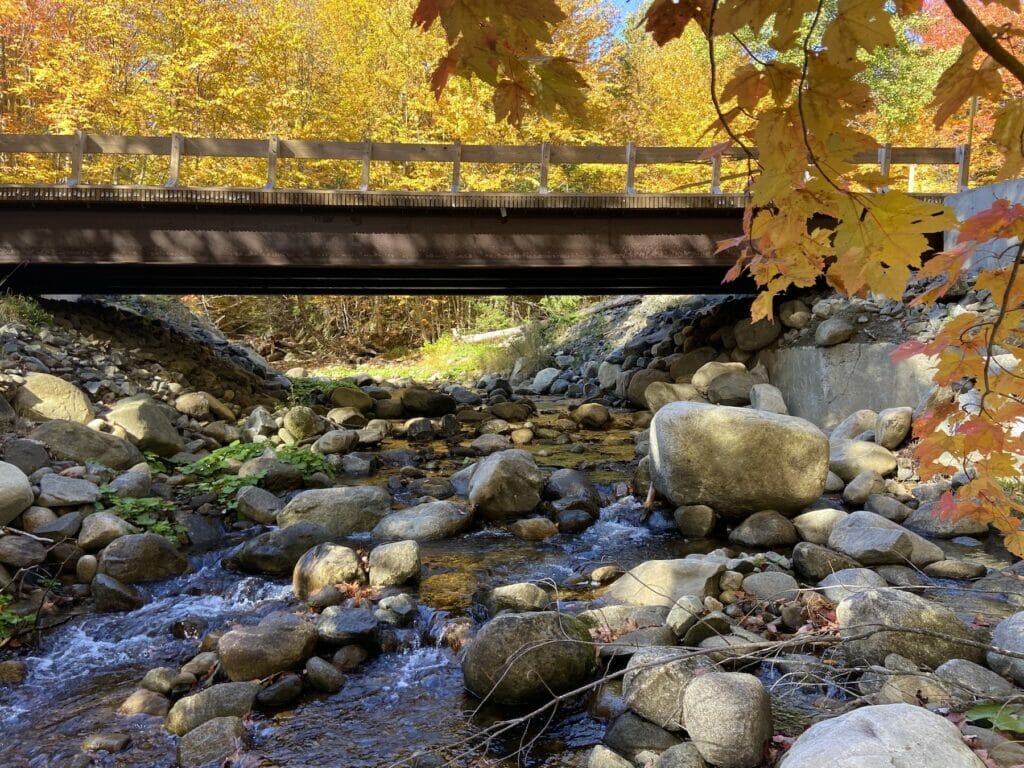
I met Kratzer there more than six years ago to tour restoration sites that TU and the state were partnering on. Much of the restoration work focused on adding woody cover to streams such as the Nulhegan River.
For the better part of the day, we checked out streams that were once devoid of much cover and, as a result, supported poor trout populations.
Kratzer has completed intensive surveys of restored streams, and that work has shown impressive increases in trout biomass in restored sections. It was great to not only see brook trout darting around in the streams, but to actually get to fish for them. Through a partnership with the Natural Resources Conservation Service and private landowners, TU will be doing over 60 miles of in-stream wood addition like these across northern New England.
Too soon, I was back in the car and headed south. While it seemed skirting the New York City metro area well to the north might have been in order, Waze sent me through western Connecticut, not far from the bustling Big Apple.
Despite its proximity to the nation’s most populous city, western Connecticut boasts an impressive amount of good and potentially good trout waters. Our staff in the region is engaging with TU members, schools and other groups for riparian plantings along streams, and heading up ambitious stream restoration work on waters such as the Salmon Kill.
Trout anglers from New York City appreciate this effort, and are frequent participants in the workdays on streams.
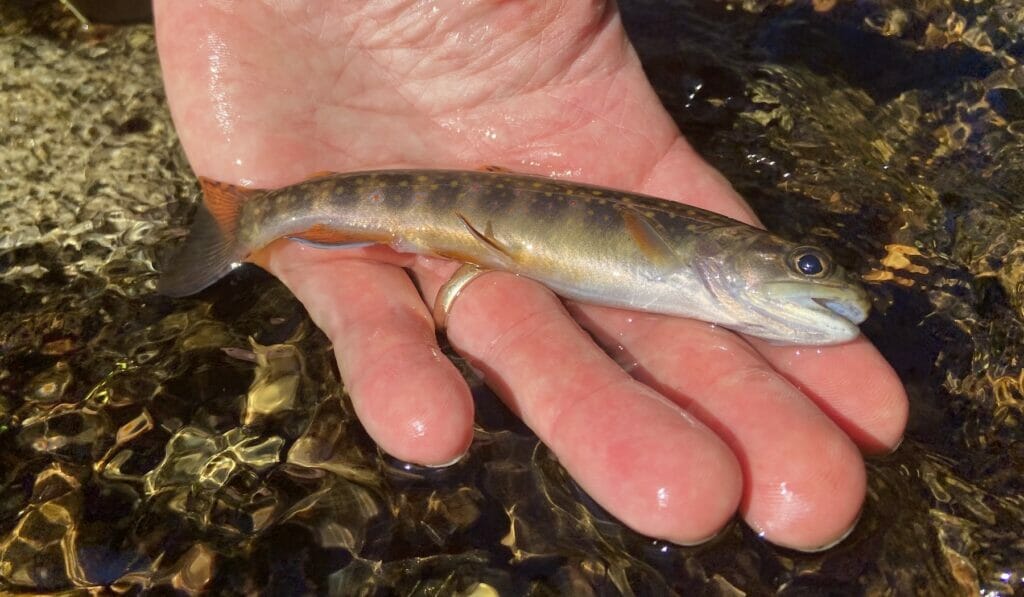
Meanwhile, in the Garden State, TU staff and volunteers are, among other things, working to protect remaining populations of native brook trout and restoration work on great wild trout streams such as the Musconetcong River. After a harrowing two hours in brutal traffic — the Arizona license plate on my rental car must have been an invitation to cut me off — I was able to escape New Jersey and retrace my path home.
The final tally was an impressive 1,885 miles.
More impressive? Just about every one of those miles passed near a place where TU is making a difference. And, really, the same could be said for any road trip, short or long, someone takes through trout country in the U.S., couldn’t it?



